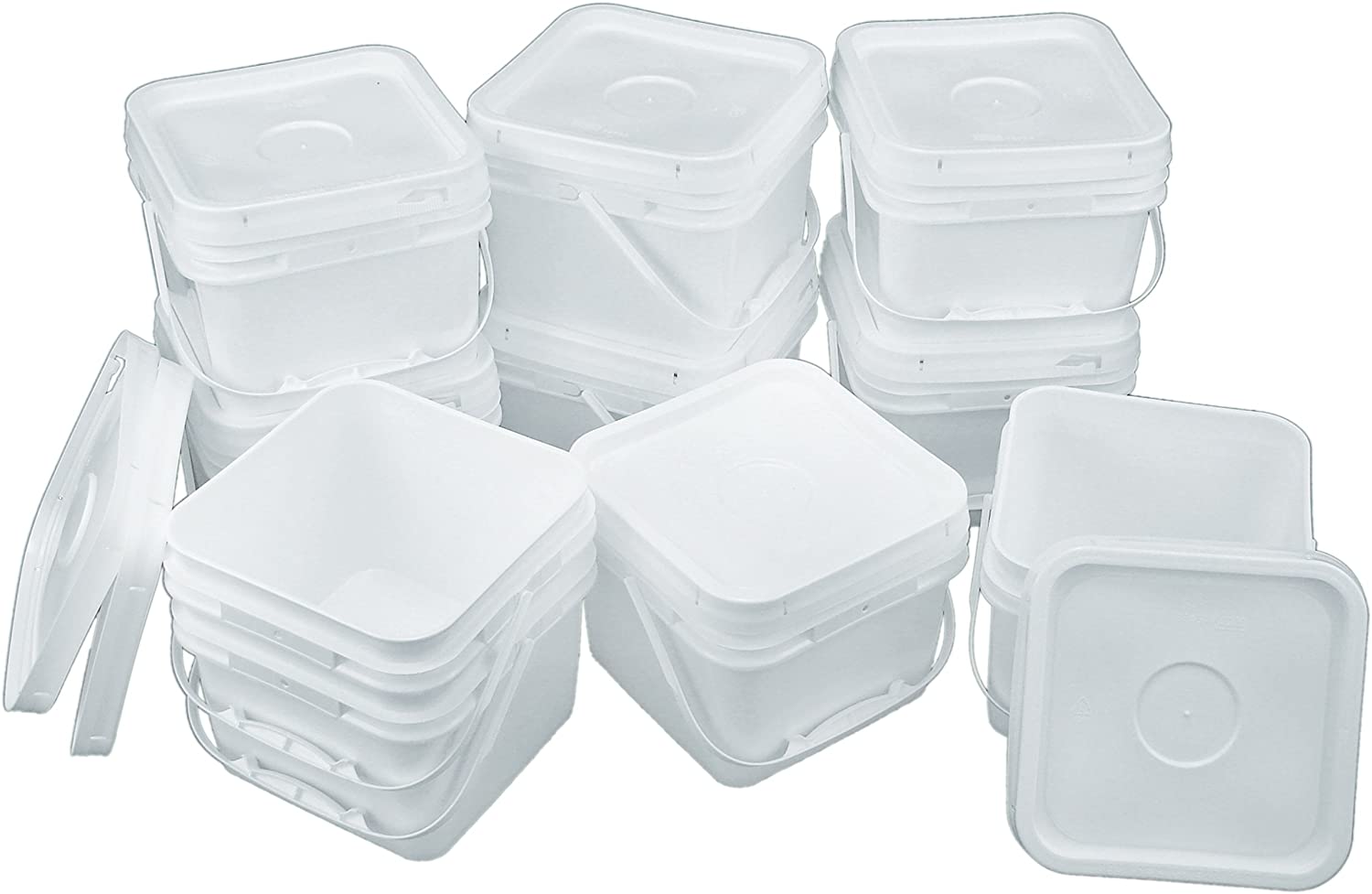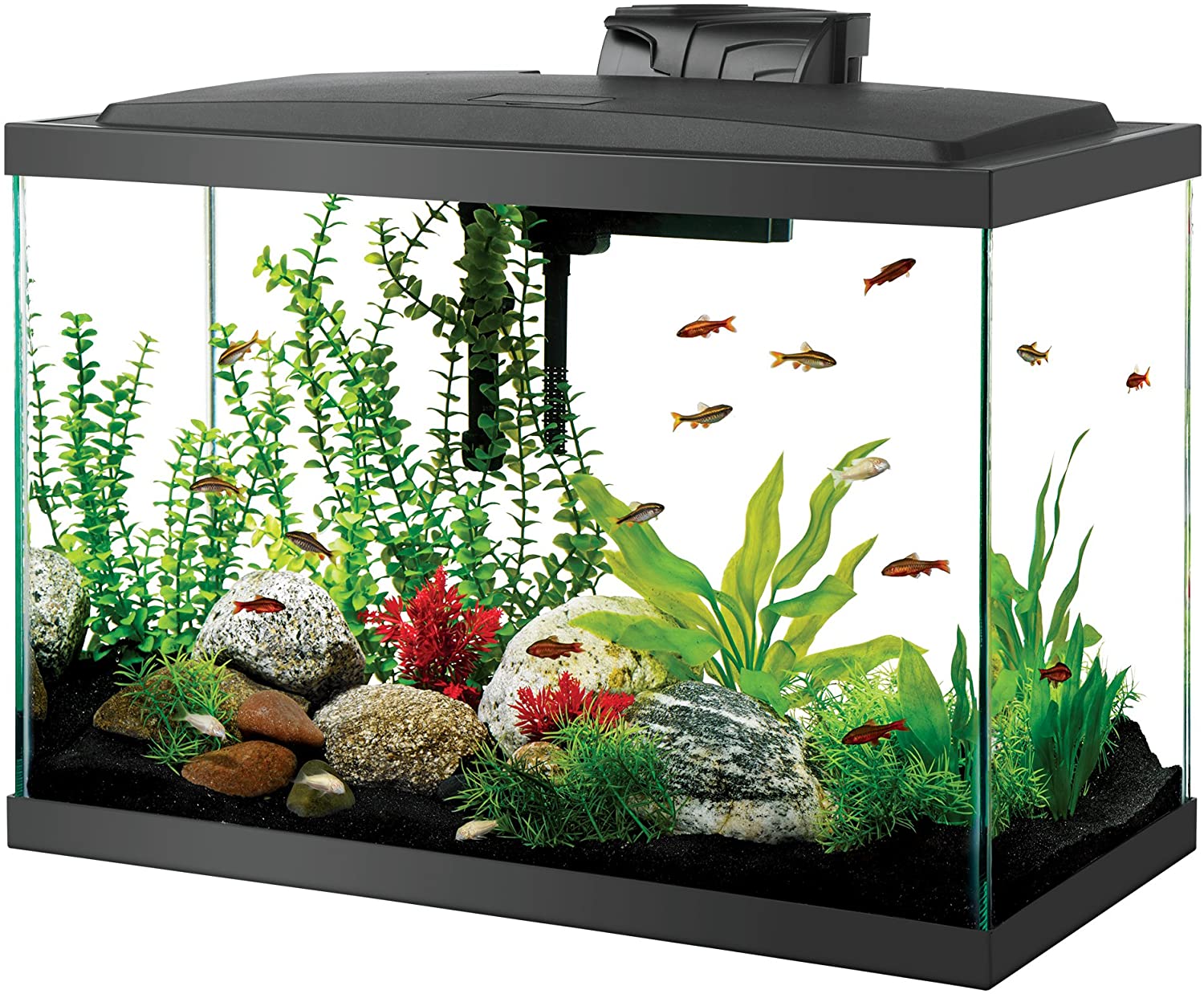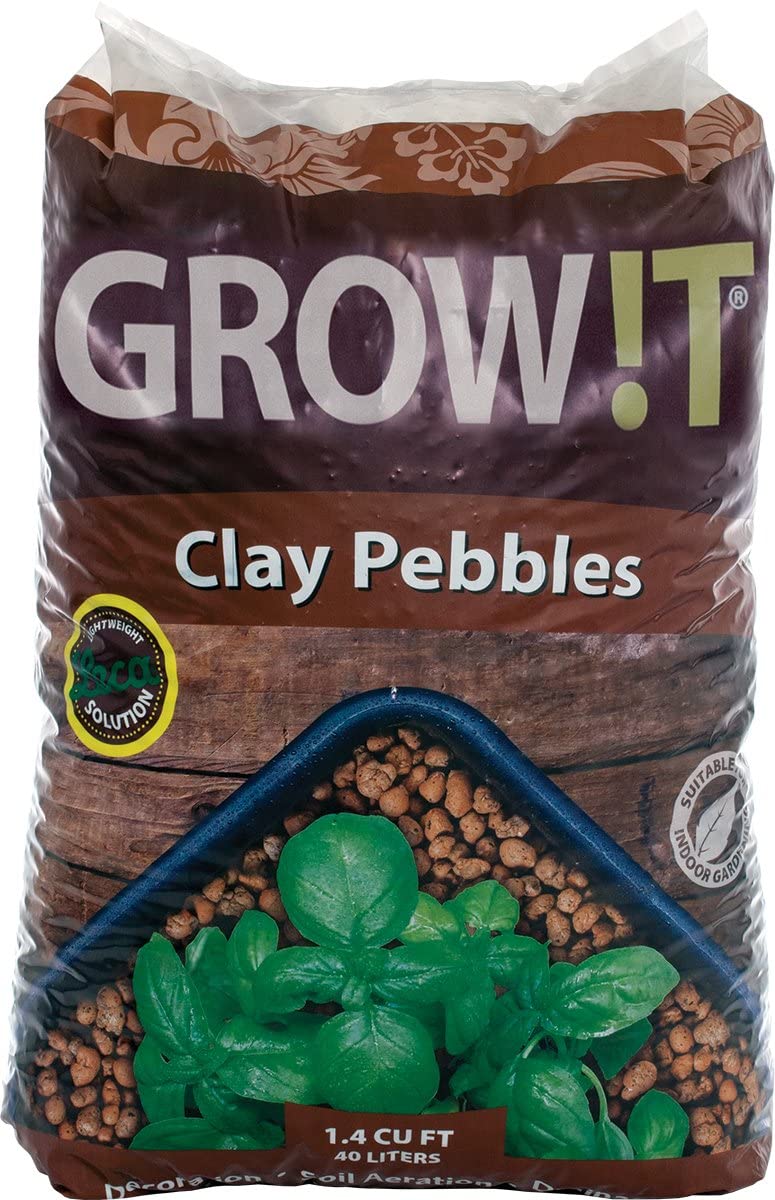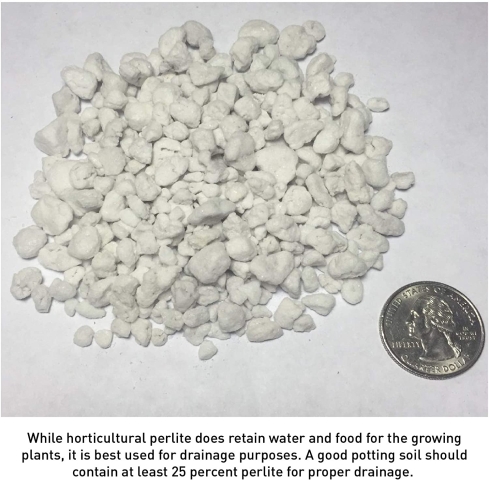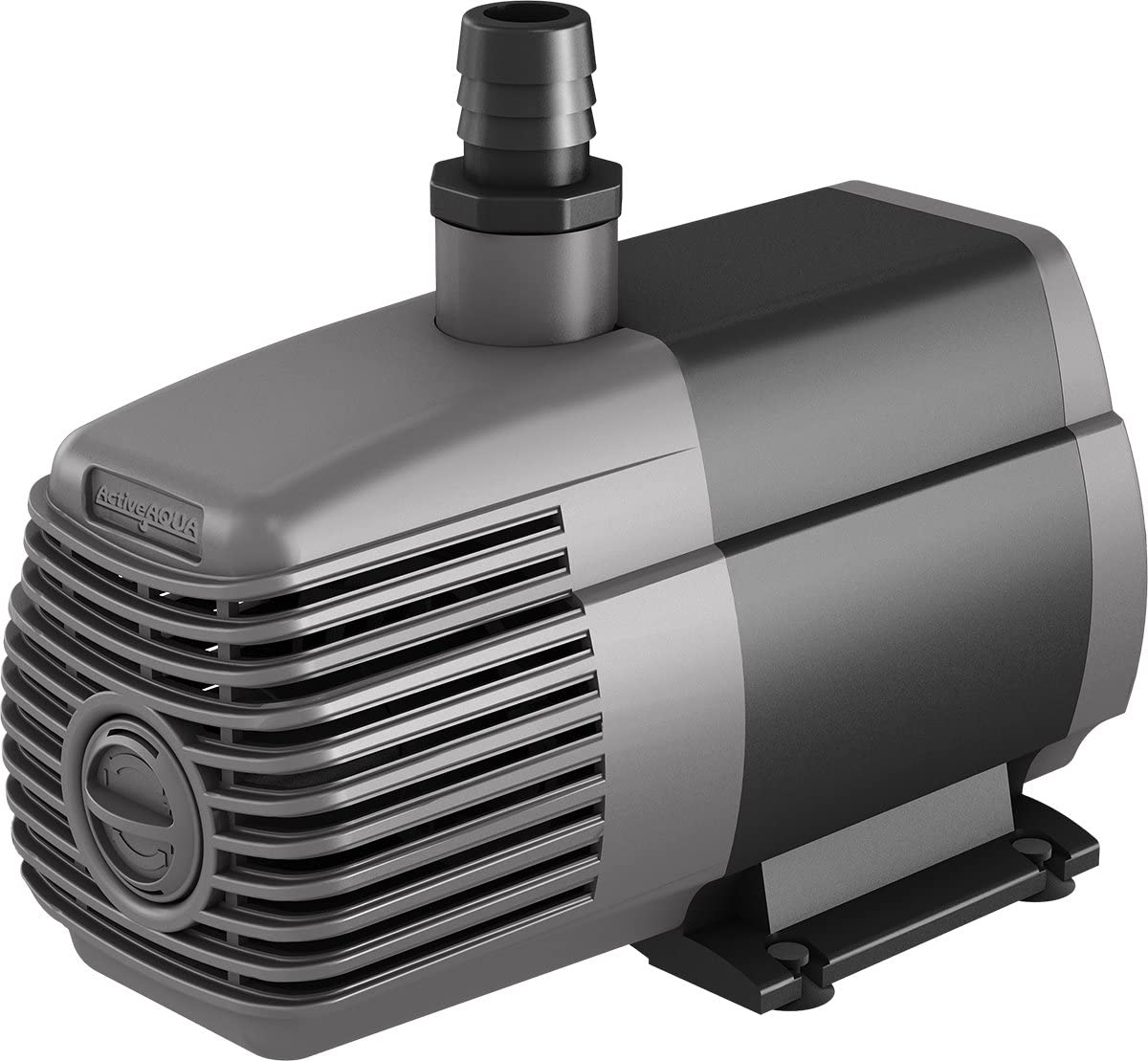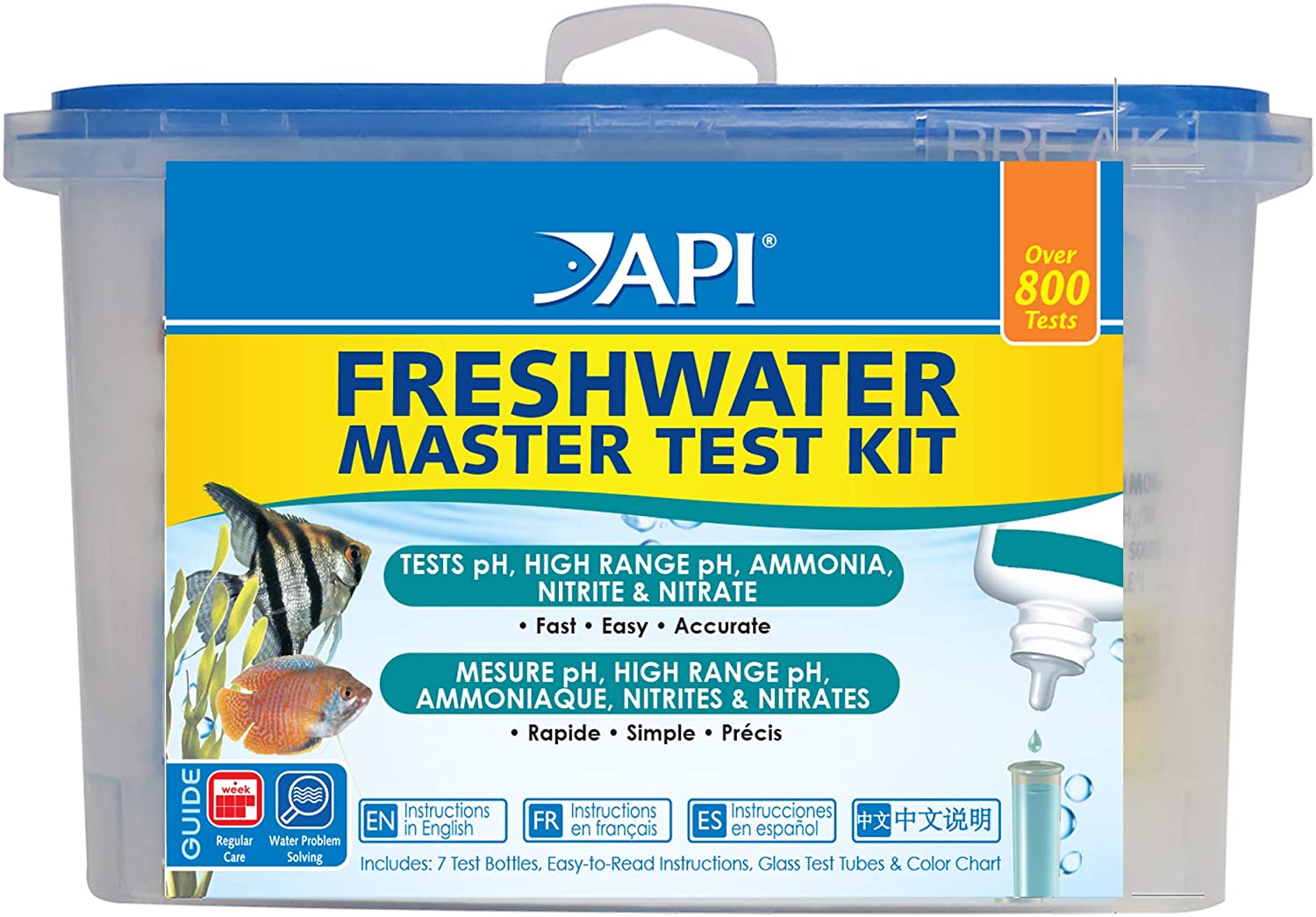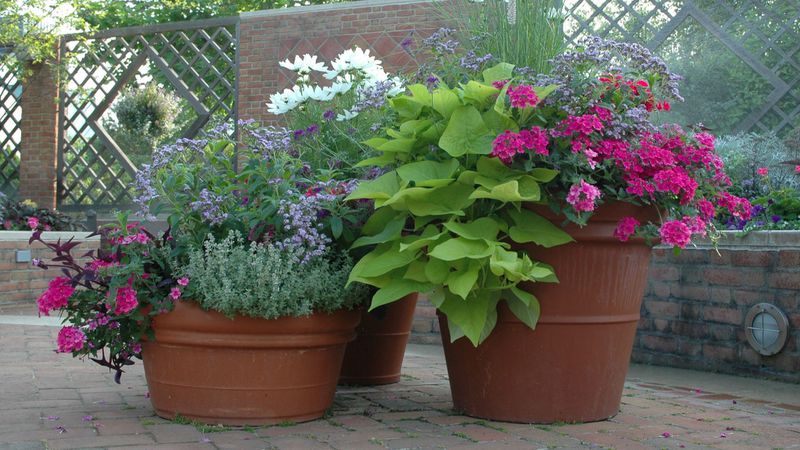
CONTAINER Gardening is the method of growing fruits, vegetables and other plants in containers instead of growing in a garden. Since the focus of this website is on sustainable living, the focus will remain on growing fruits and vegetables in containers unless flowers are being used in a symbiotic relationship with the crop plants ie: planting marigolds in the container with a tomato plant.
THERE ARE two types of Container gardening, Conventional and Dutch Bucket. Conventional container gardening utilizes a container, soil, and the plant. Dutch Bucket utilizes a container, a non-soil growing medium and either Hydroponics or Aquaponics system. Container Gardening is most commonly used in Urban areas where space is limited. Container gardening is also used where in ground gardening...
is limited or not available due to concrete patios, swimming pools and fully landscaped yards. Container gardening enables the grower to move the containers during the day to catch the best sunlight or falling rain.
CONTAINER gardening also works well in a greenhouse setting. Container gardening can be used for decorative purposes, creating an edible landscape or for functional purposes allowing plants to be mobile so they can be brought indoors during inclement weather.
BETTER YET, Container gardening can utilize both decorative and functional concepts creating a garden of Eden in your Urban backyard.
HERE IS ONE of my favorite youtubers showing you how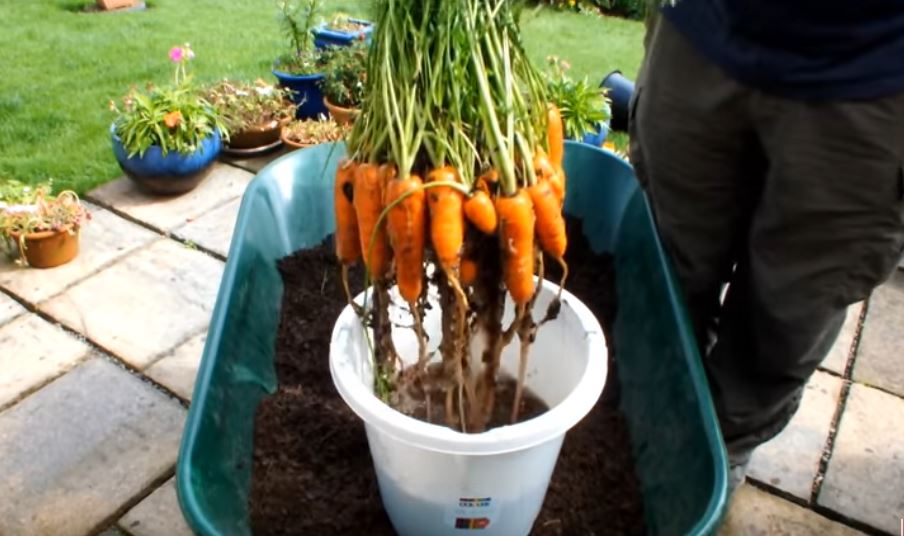
Click here for a very infomative video showing how to set up a dutch bucket system. Click the image link to the right for a FOLLOW-UP video showing the results and any changes the grower made goin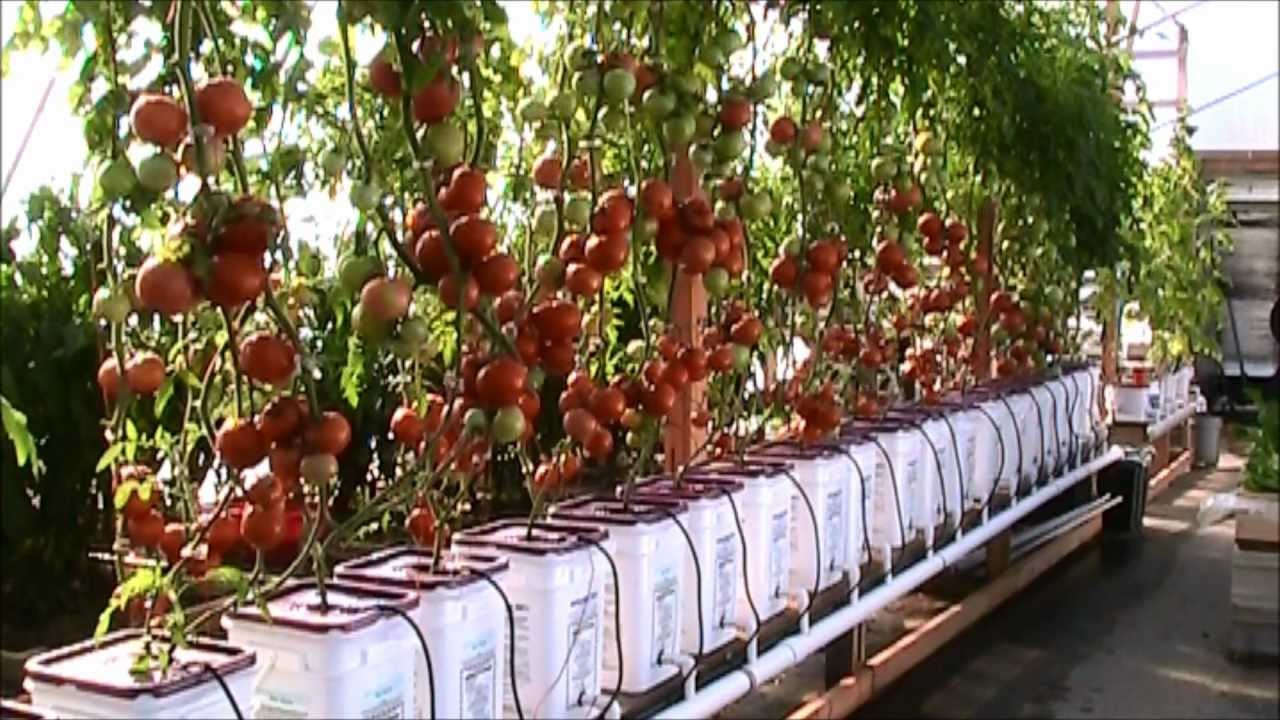 g forward.
g forward.
Utilizing different types of growing medium will ensure that your plants retain moisture and retrieve needed nutrients for optimal growth and production. Avoid using soil for growing media in your Dutch Bucket Aquaponics system as it will clog filters and muddy your system. Clay pebbles lava rock, and others linked below will work much better and enable the proper bacteria to grow in your system.
Disclosure: As an Amazon Affiliate, I may earn a small commission for my endorsement, recommendation, testimonial, and/or link to any products or services from this website. There is not any adidtional cost to you for clicking the link thru my website. Your purchase helps support my work in continuing to bring you real information about farming, gardening and overall sustainable living.
Food Grade 3.5 Gallon Buckets - 6 Pk |
||
|
Grow It Clay Pebble growing Media |
||
Heirloom Seeds - 20 Varieties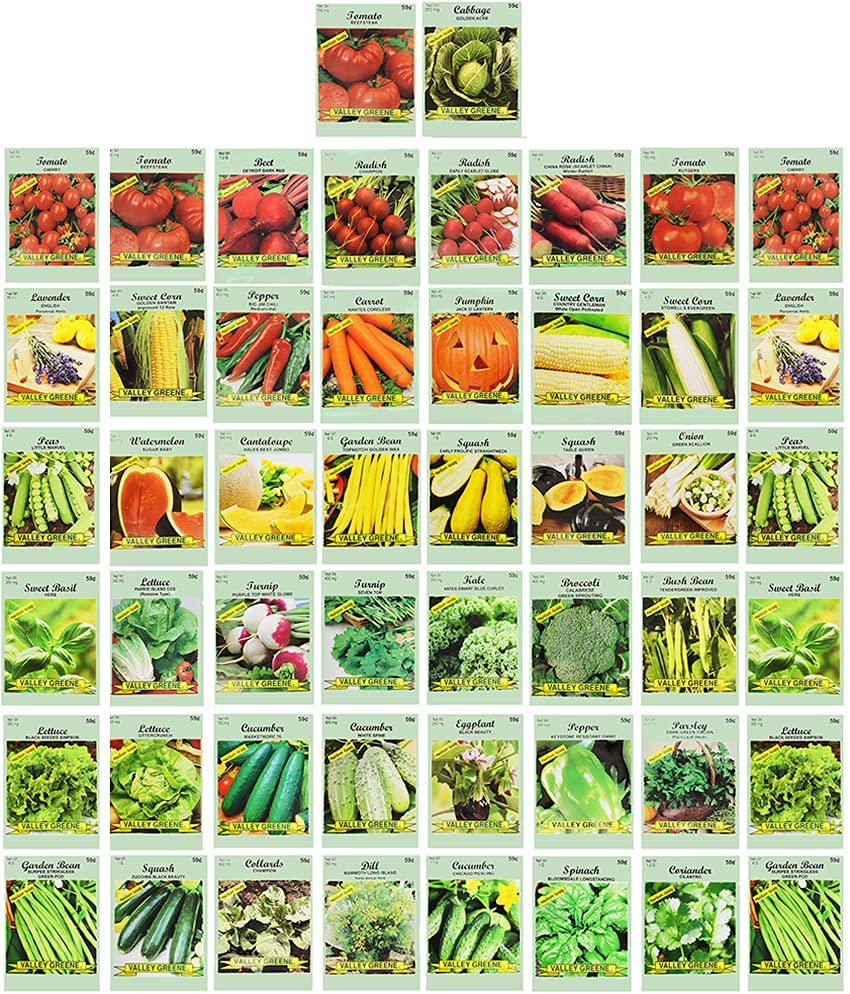 |
Submersible Water Pump 1110 GPH |
API Freshwater Master Test Kit |
.
Container Gardening Ideas
There are so many creative concepts utilizing container gardening. Container gardening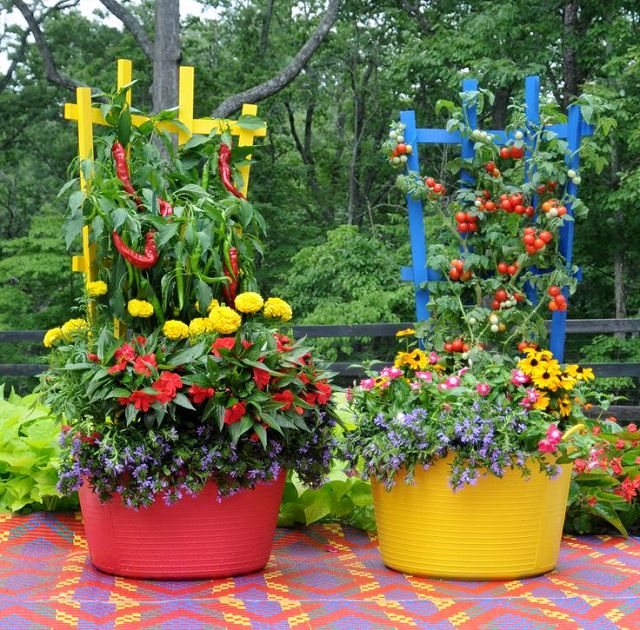 is perfectly paired with Companion planting. Companion planting is the system where certain flowers are used to repel harmful pests from vegetable and fruit plants. Marigolds planted with peppers or tomatoes is one example of Companion planting. Click below for some great information about container gardening ideas and concepts.
is perfectly paired with Companion planting. Companion planting is the system where certain flowers are used to repel harmful pests from vegetable and fruit plants. Marigolds planted with peppers or tomatoes is one example of Companion planting. Click below for some great information about container gardening ideas and concepts.
Read more: HGTV Container Garden Site
Setting up a Container Garden
Getting started on setting up your first container garden is relatively simple. Basic gardening 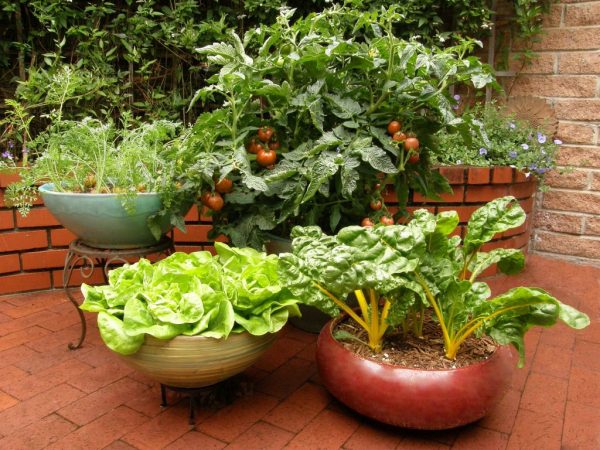 skills, a pot, soil, and plants or seeds is all you need to start your own Container garden. Click the link below for an article providing basic informatoin and instructions for starting a container garden.
skills, a pot, soil, and plants or seeds is all you need to start your own Container garden. Click the link below for an article providing basic informatoin and instructions for starting a container garden.
Vertical Aquaponic Growing Systems
Some Vertical growing systems utilize the Container gardening concept. These systems 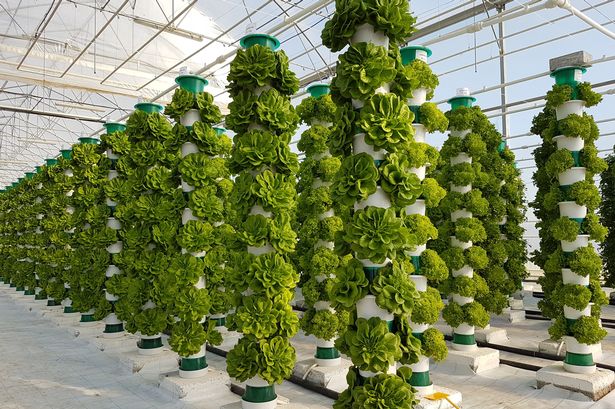 are designed to fully optimize growing space. The structure of your vertical system can be 3 feet tall or 30 feet tall depending on your facilities and the strength of your water pumps. There are many different types of vertical systems. Some can be built for less than $100 or some can cost $1000's. This resource can give you all the information you need to determine the type of system you want and to help you design and build the system that works for you.
are designed to fully optimize growing space. The structure of your vertical system can be 3 feet tall or 30 feet tall depending on your facilities and the strength of your water pumps. There are many different types of vertical systems. Some can be built for less than $100 or some can cost $1000's. This resource can give you all the information you need to determine the type of system you want and to help you design and build the system that works for you.





